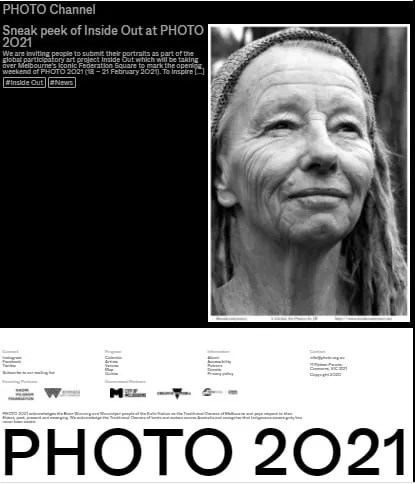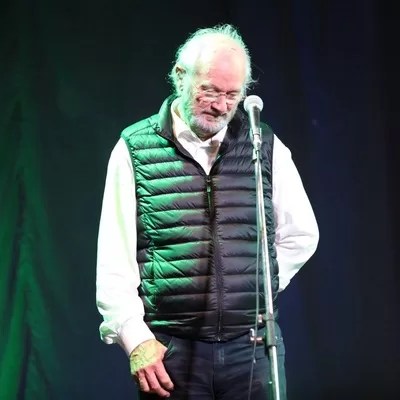An intriguing photograph titled “The Geologists” depicts a woman and a man standing in front of some rocks, and it is believed to have been taken around 1843 at Chudleigh in Devon by the pioneering photographer William Henry Fox Talbot.
Initially, there was speculation that the photograph might feature Mary Anning, the renowned fossil collector from Lyme Regis in Dorset, alongside Henry De La Beche of the Geological Survey.
Story continues below this advertisement:
Is this Mary Anning?

Recent research led by Dr. Mike Taylor, Honorary Research Fellow at the School of Museum Studies and Research Associate at National Museums Scotland, along with costume historian Sarah Levitt, Head of Leicester Arts and Museums, have cast doubt on whether the photo shows Mary Anning.
Their findings indicate that the photograph likely does not depict Mary Anning but could instead show another woman involved in geology during the 19th century.
Dr. Taylor explains: “What is so interesting is that there were so many women interested in geology that Anning was only one of many candidates. That is remarkable when one realizes how miserably difficult it was to go out in the field in those ‘respectable’ Victorian clothes, especially for upper- and middle-class ladies.”
This photograph, whether or not it features Mary Anning, is noteworthy for its historical value. Dr. Taylor points out that it “may be the earliest known photo of any West Country geological activity, and of a woman engaged in geology anywhere.”
While the identity of the woman in “The Geologists” remains uncertain, this research underscores the broader participation of women in the field of geology during the 19th century.
Their contributions, often overshadowed by their male counterparts, are gradually coming to light through studies like this one.
Dr. Taylor’s work last year involved investigating a childhood memento that he concluded belonged to Mary Anning, further cementing his dedication to uncovering the histories of pioneering women in geology.
This photograph not only opens a window into the past, shedding light on the activities and interests of women in the 19th century, but also encourages a reevaluation of the contributions made by female geologists.
As research continues, we may yet uncover more about the identities and stories of these remarkable women who paved the way for future generations in the sciences.

Mary Anning: Pioneer in Paleontology
Mary Anning, born on May 21, 1799, in Lyme Regis, England, was a pioneering fossil collector and self-taught paleontologist whose discoveries contributed significantly to the scientific understanding of prehistoric life.
Despite facing numerous challenges due to her gender and social status, Anning’s meticulous work and keen observations helped lay the foundation for the field of paleontology.
Early Life and Background
Mary Anning was born into a humble family in the coastal town of Lyme Regis, part of the Jurassic Coast, which is now a UNESCO World Heritage site.
The area’s rich fossil beds provided a young Anning with the opportunity to explore and collect fossils.
Her father, a carpenter, supplemented the family’s income by selling fossils to tourists, and it was through these early experiences that Mary developed her skills in fossil hunting.
Remarkable Discoveries
Anning’s first major discovery came in 1811 when, at the age of just 12, she and her brother Joseph unearthed the skeleton of an ichthyosaur, a marine reptile.
This discovery was followed by numerous significant finds, including the first complete Plesiosaurus skeleton in 1823 and the first British Pterosaur in 1828.
These discoveries were groundbreaking, providing scientists with concrete evidence of prehistoric creatures and challenging existing notions about the history of life on Earth.
Contributions to Science
Despite her lack of formal education, Anning’s contributions to science were invaluable. She meticulously documented her findings, and her detailed observations and fossil collections became the basis for many scientific studies.
Her work attracted the attention of prominent geologists and paleontologists of the time, such as Henry De la Beche and Richard Owen, who often sought her expertise and purchased specimens from her.
Anning’s discoveries helped to support the emerging theories of extinction and the evolution of species, influencing the work of Charles Darwin and other naturalists.
However, due to the social norms of the 19th century, Anning received little recognition during her lifetime, and her contributions were often overshadowed by those of her male contemporaries.
Legacy and Recognition
Mary Anning’s perseverance and dedication to her work have earned her posthumous recognition as one of the most important figures in the history of paleontology. In 2010, the Royal Society included her in a list of the ten British women who have most influenced the history of science.
Her life and achievements have been the subject of numerous books, articles, and even a film titled “Ammonite,” released in 2020.
Anning’s legacy endures through the continued study and appreciation of her fossil discoveries. Her contributions laid the groundwork for future generations of paleontologists and inspired many women to pursue careers in science, breaking down barriers and challenging gender norms.
Mary Anning
Her work can be viewed in the Anning Rooms at the Natural History Museum in London. Her life story is also depicted in the film “Ammonite,” starring Kate Winslet, now available on video on demand.
A campaign started by local schoolgirl Evie Swire led to the Natural History Museum supporting efforts to erect a statue of Mary Anning in Lyme Regis. In 2010, the Royal Society recognized Mary Anning as one of the most influential women scientists in British history.
Mary Anning’s life is a testament to the power of curiosity, determination, and passion for discovery. Her remarkable achievements in paleontology, despite the obstacles she faced, have left an enduring impact on the field.
Today, she is celebrated not only for her scientific contributions but also for her role as a trailblazer for women in science.
Related stories
Vivian Maier Vintage Photography Auction Bargains
Andre Kertesz, a pioneer of street & fine art photography
Sebastião Salgado lens on Humanity’s Struggle and Resilience
Brecht’s Man Equals Man by Theatre of the Deaf
Heinrich Hoffman photographs Adolf Hitler public speaking
Dorothea Lange’s Pioneering Approach to Portraiture
State Library of New South Wales 20th Century photography
The first photograph taken in Australia was by Captain Lucas
Australia’s first professional photographer George B Goodman
The oldest surviving Daguerreotype in Australia, 1845
Photographer Paul Dubotzki in Australia’s WWI Internment Camps
Stanley Kubrick career as a still photographer




